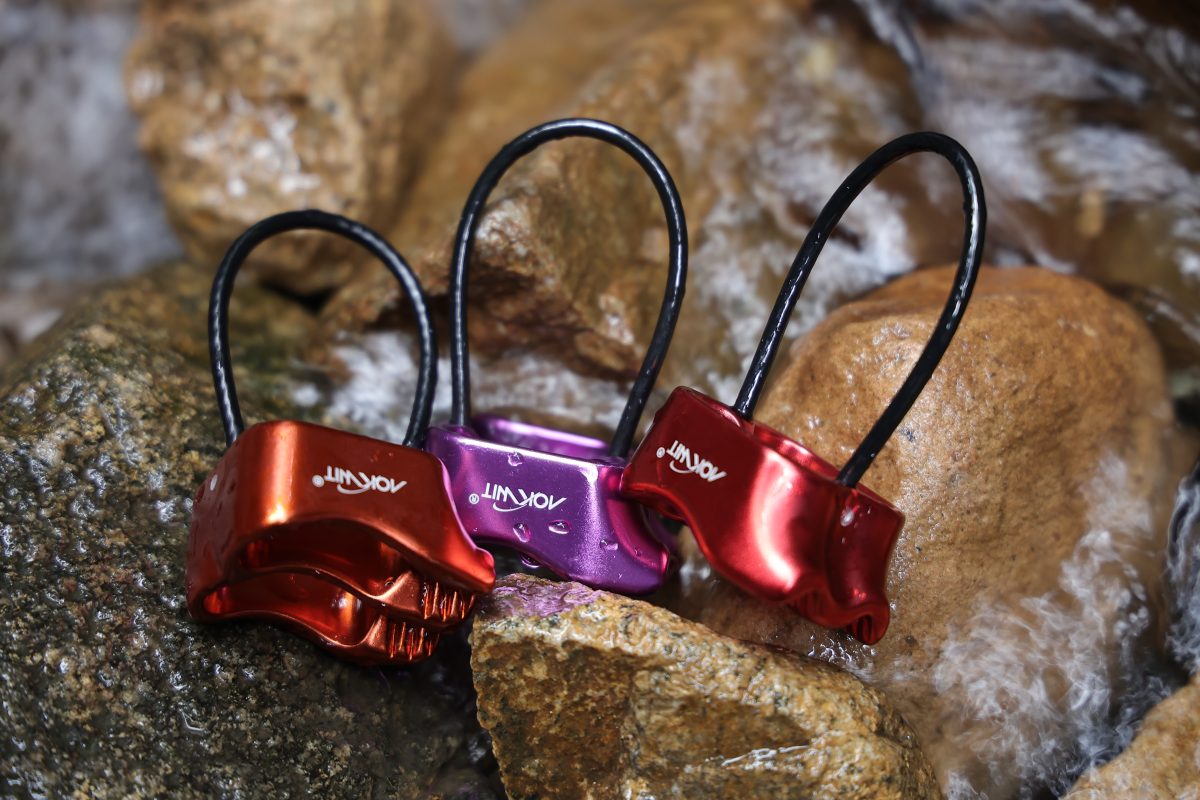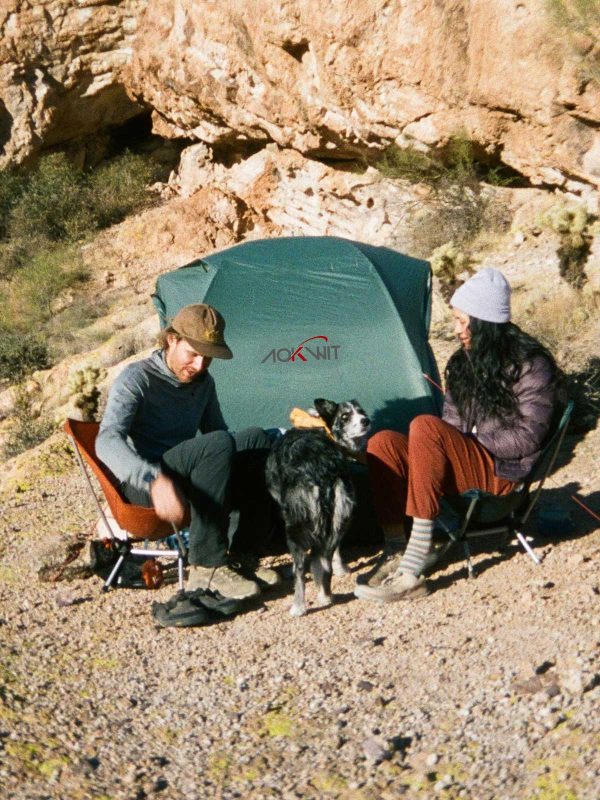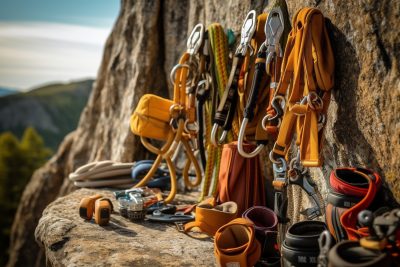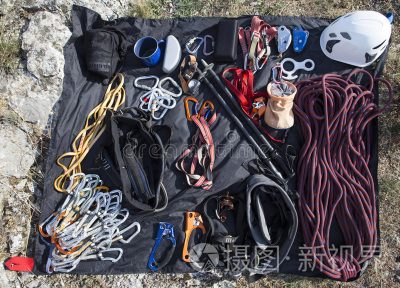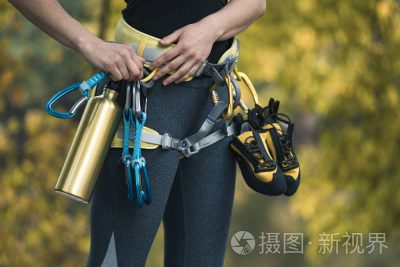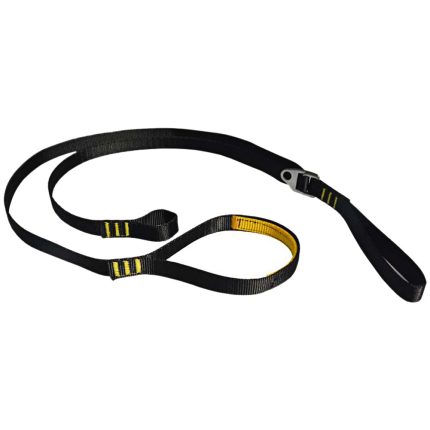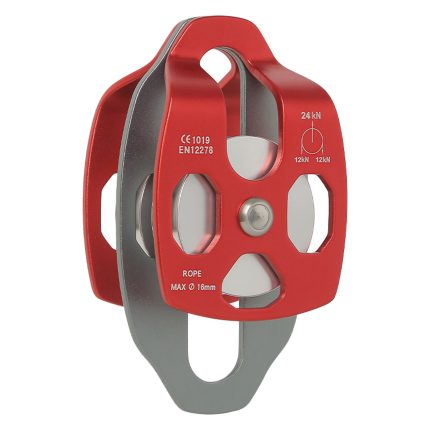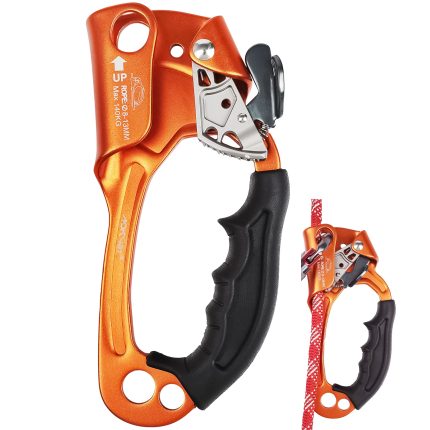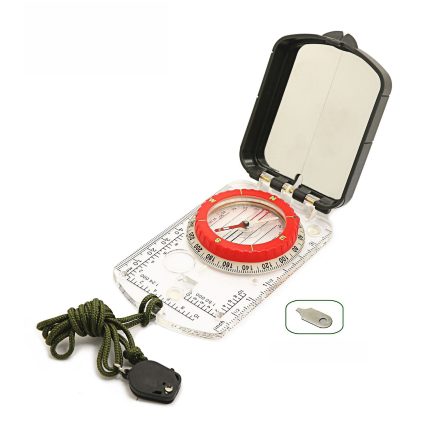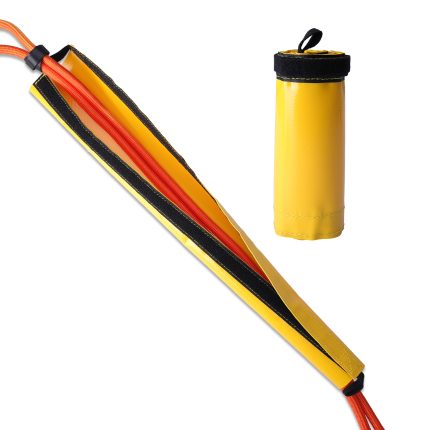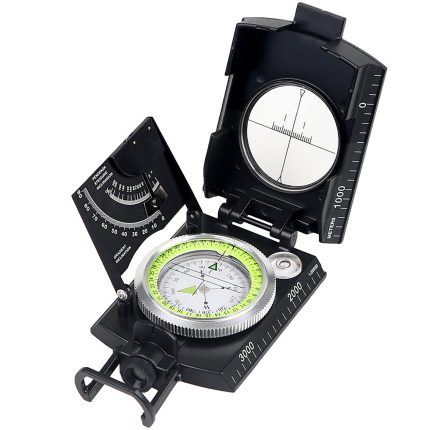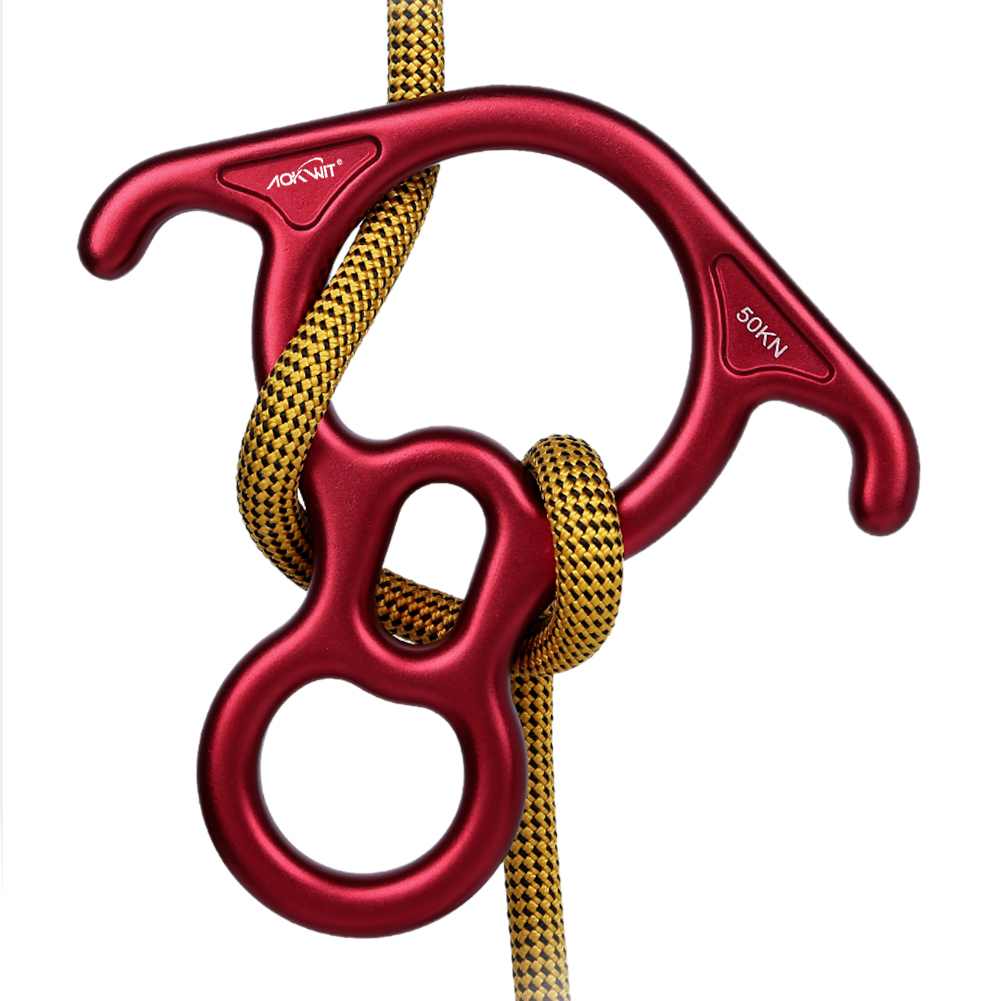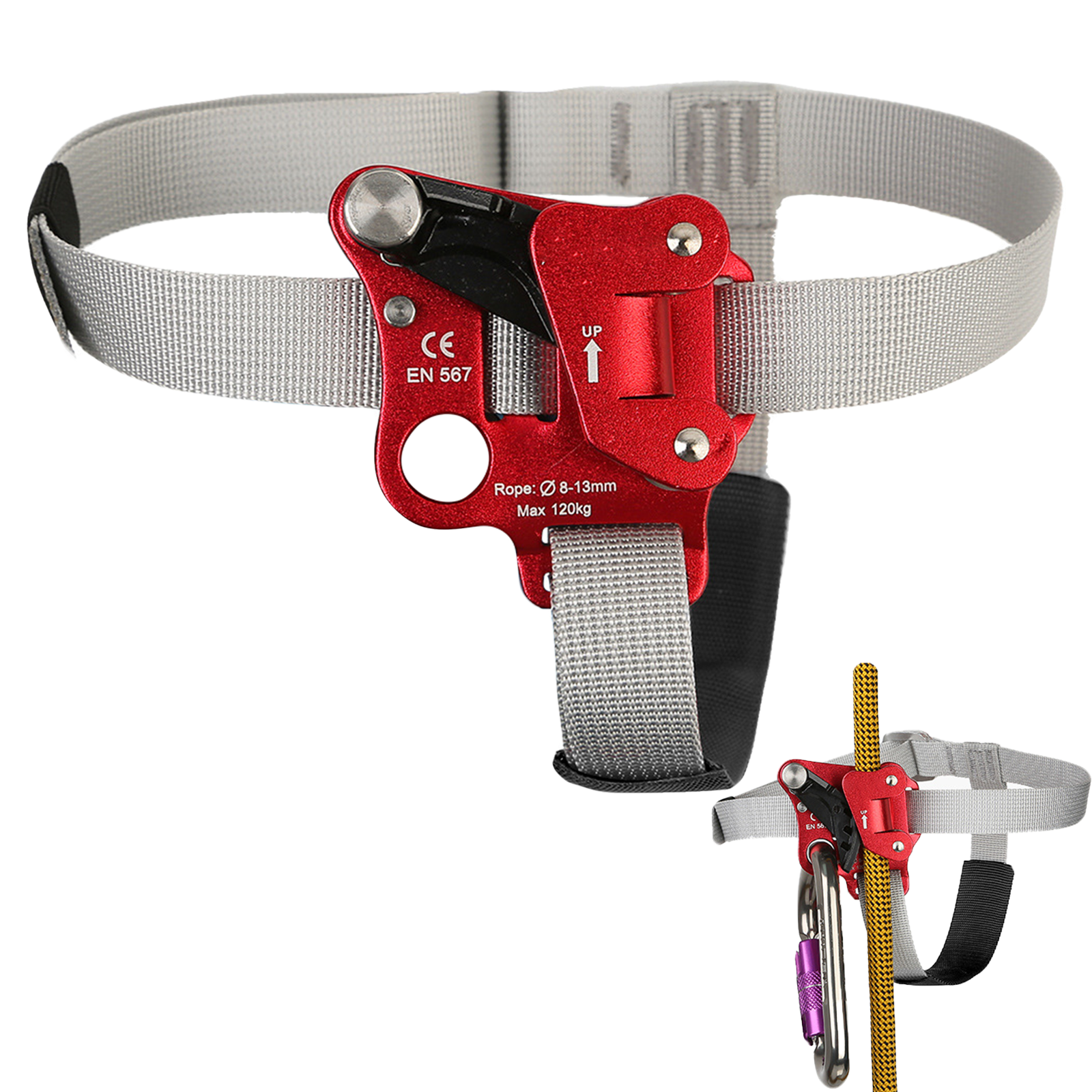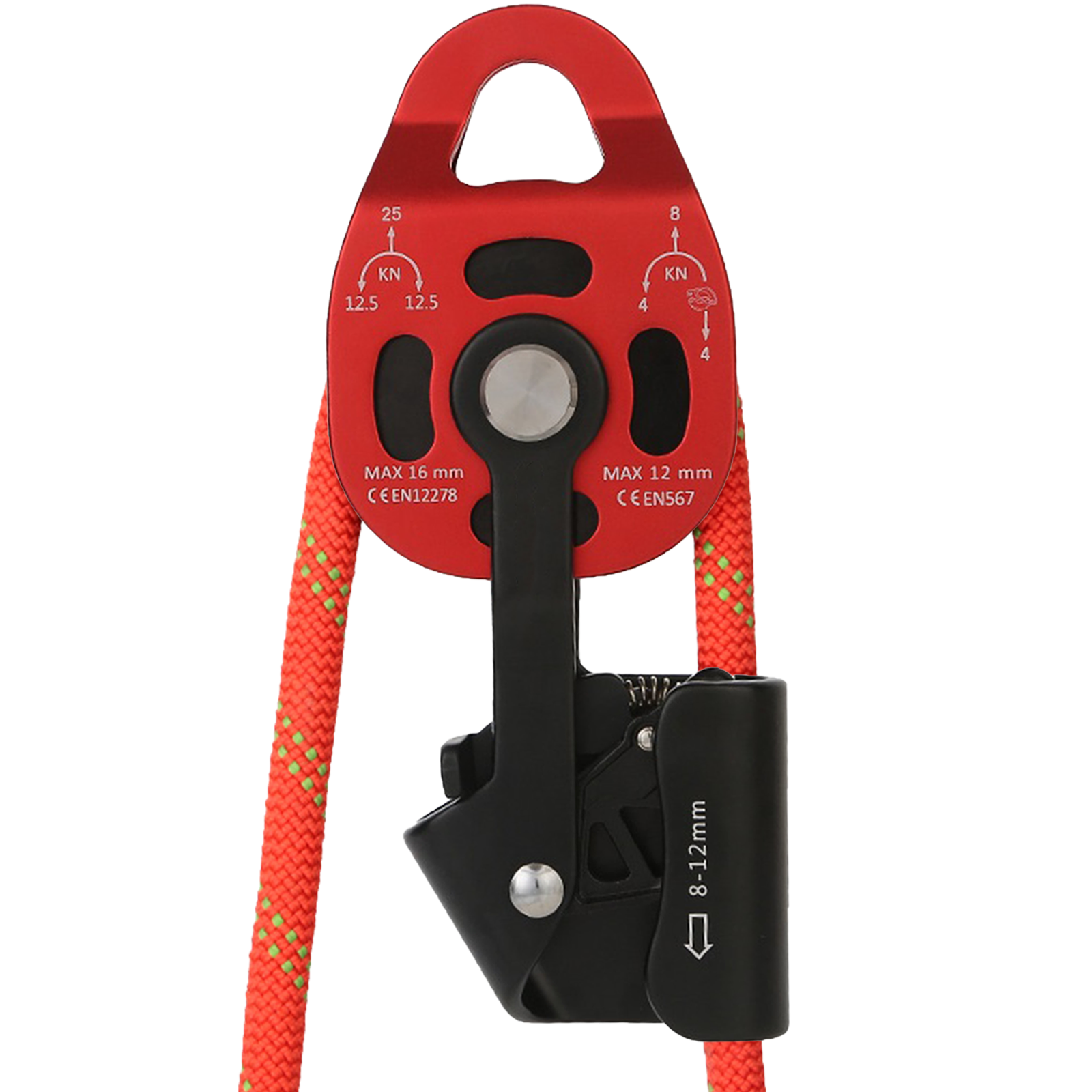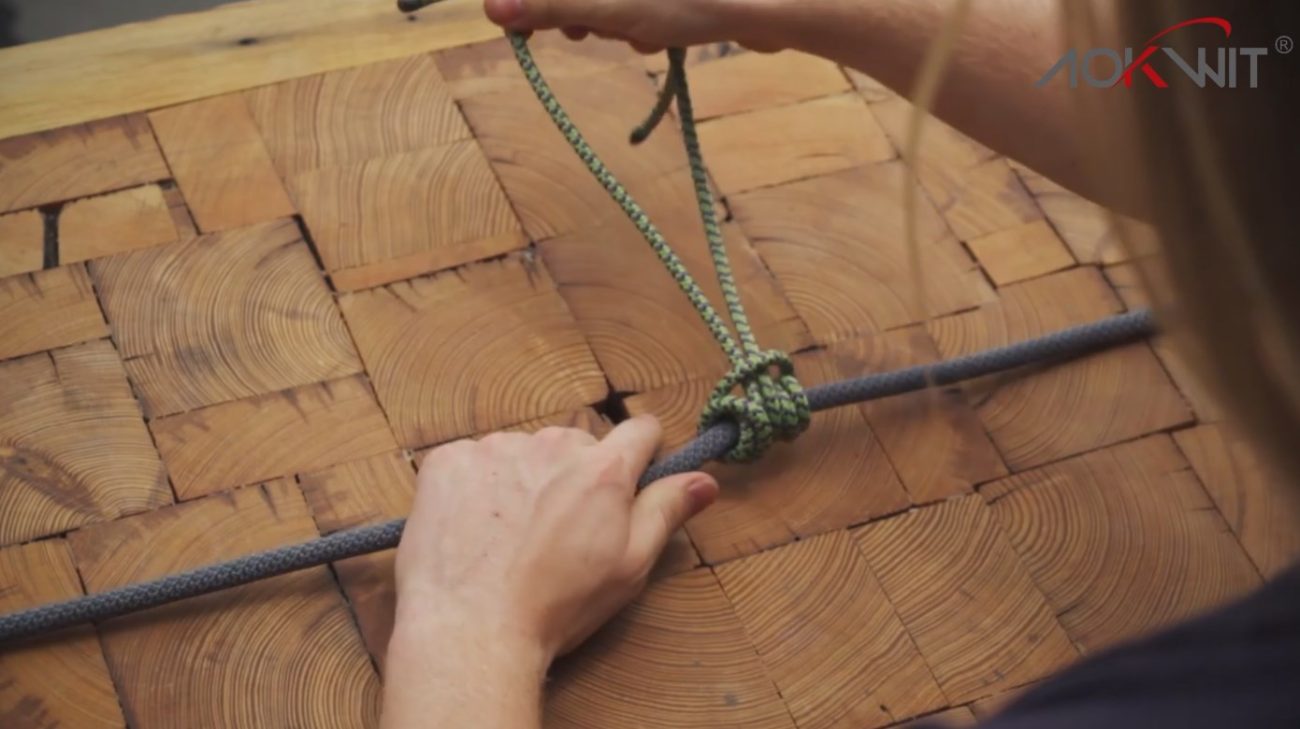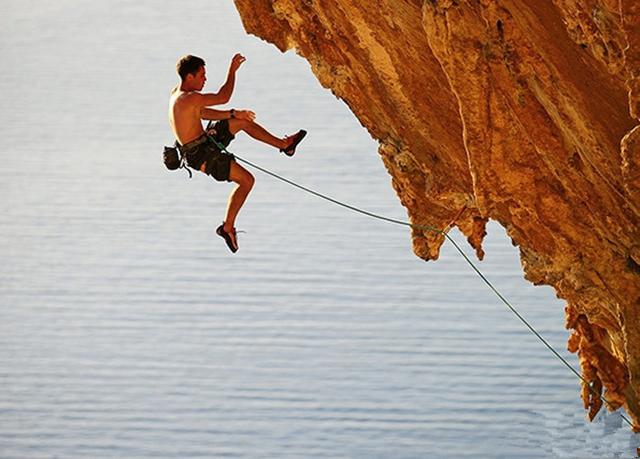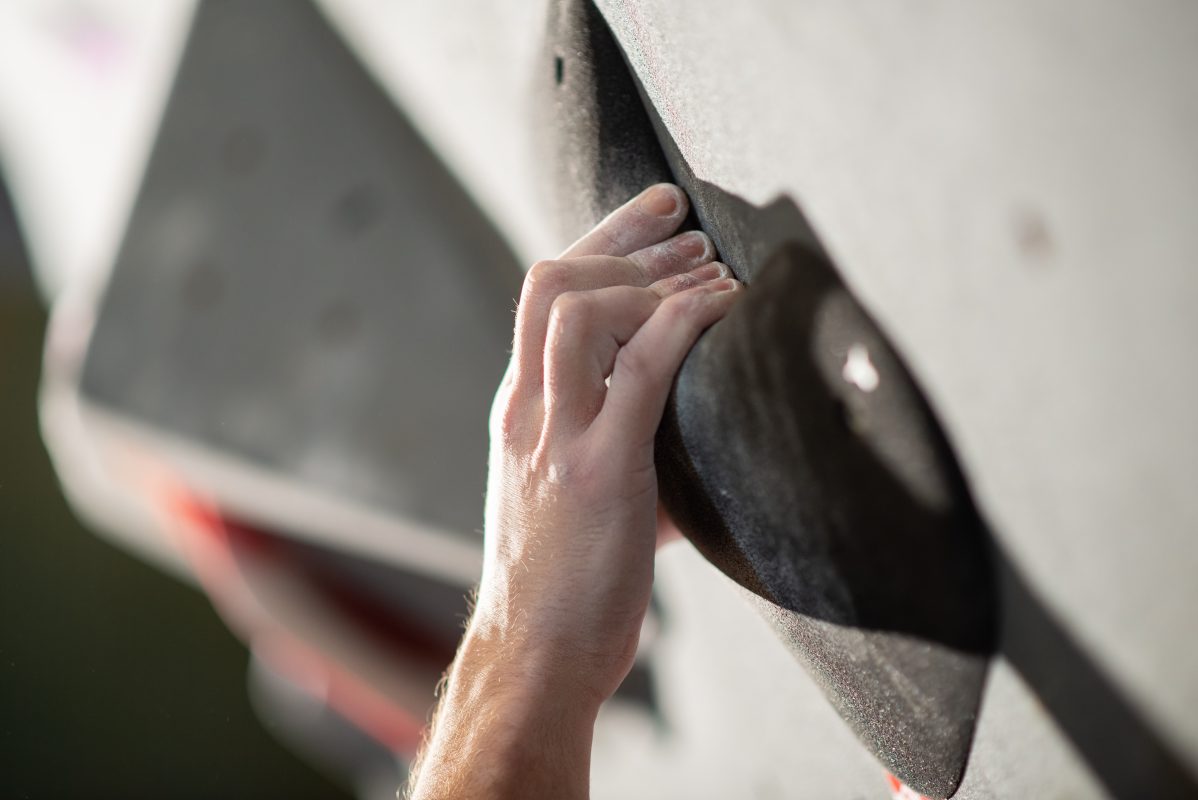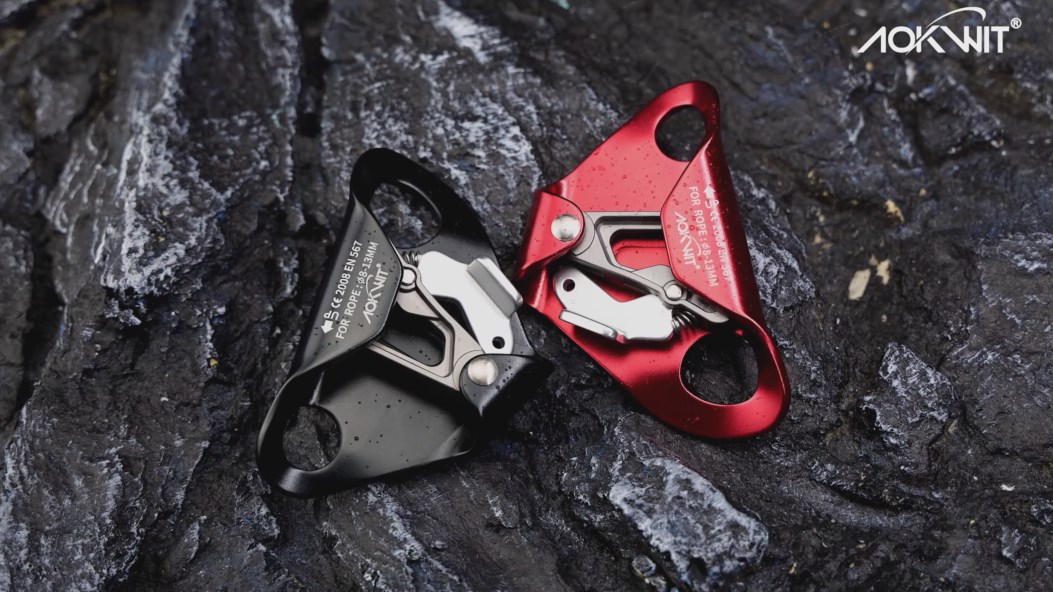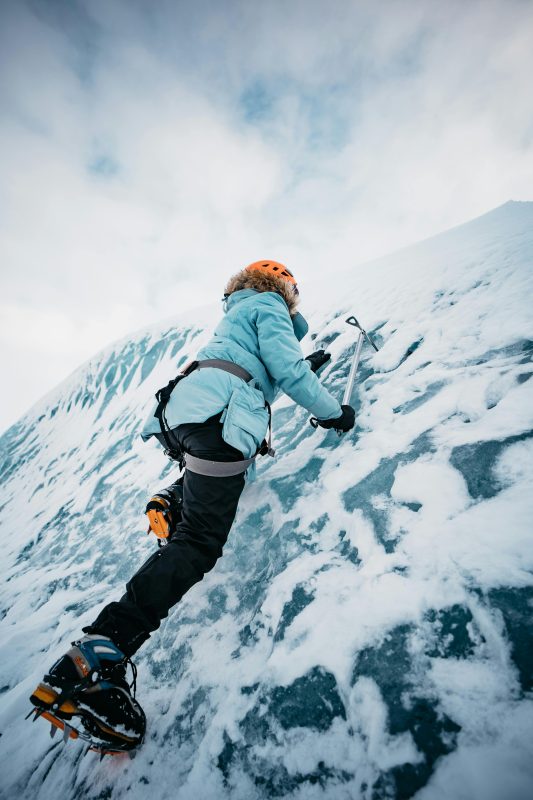How to Reduce Injuries in Rock Climbing——Warm-Up and Cool-Down Exercises
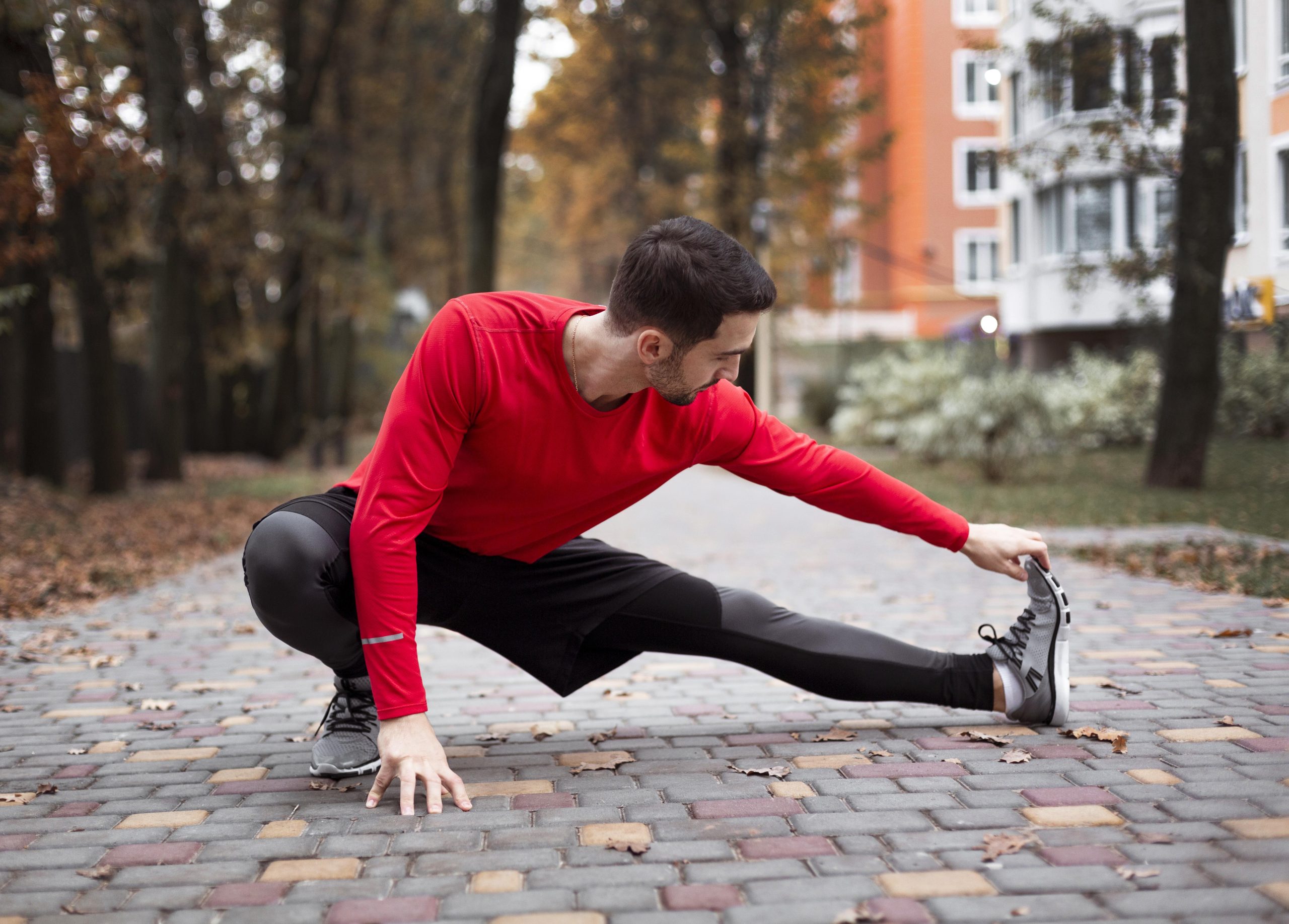
Warm-up exercises are often categorized as part of physical training in general sports literature. However, for rock climbing enthusiasts, they are emphasized as foundational techniques.
As the saying goes, “A fatigued body cannot train effectively. Insufficient warm-up increases the risk of sports injuries.”
The quality of a warm-up significantly impacts climbing performance due to its benefits:
1.Increases muscle contraction speed and strength.
2.Enhances muscle coordination.
3.Prevents or reduces injuries to muscles, tendons, and ligaments.
4.Accelerates the onset of “regeneration” (commonly known as the “wall period”) in endurance sports.
5.Reduces stress.
6.Boosts enjoyment of the activity.
Physiological Mechanisms:
1.Faster muscle contraction and relaxation.
2.Improved muscle contraction efficiency due to reduced muscle viscosity.
3.Enhanced oxygen binding and release capacity of hemoglobin.
4.Optimized metabolic processes.
5.Reduced vascular resistance.
6.Increased sensitivity of neural receptors and nerve conduction velocity due to elevated body temperature.
7.Vasodilation stimulated by rising body temperature.
Detailed Explanation of Warm-Up:
Warm-Up Exercises:
Any preparatory activities performed before physical exercise, such as stretching, body swings, or light jogging, are considered warm-up exercises.
A warm-up generally consists of three stages (the “warm-up trilogy”):
1.General Warm-Up
2.Flexibility Exercises
3.Mental Preparation
I. General Warm-Up
Aims to activate the entire body. Light jogging, such as running around the climbing area, is typically effective.
II. Flexibility Exercises
These involve slow stretching of muscles, joints, and ligaments to gradually increase blood circulation, helping the body adapt to rising heart rate and neuromuscular demands.
1.Types of Stretching:
- Passive/Static Stretching: Involves stretching to a comfortable limit and holding the position without bouncing.
- Active/Dynamic Stretching: Involves controlled movements through a range of motion without holding the end position.
Static stretching is generally preferred because:
- Lower risk of tissue damage.
- Less energy consumption.
- Helps alleviate muscle tension or soreness.
2.Principles of Static Stretching:
- Tension: Apply resistance to tighten the muscle group without contracting it. Hold for 12–20 seconds.
- Relaxation: Release for 2–3 seconds.
- Stretch: Gently extend the muscle until mild discomfort is felt, maintaining the position for 12–20 seconds.
3.Guidelines for Stretching:
- Start with distal joints (e.g., wrists, ankles) before moving to proximal joints (e.g., neck).
- Begin static stretching with larger joints before focusing on smaller ones.
- Perform stretching before, during, and after exercise.
- To improve flexibility, practice regularly (3–4 times weekly) and gradually increase intensity and duration.
- Avoid stretching injured muscles, joints, or tendons.
- Maintain natural breathing during stretches.
III. Mental Preparation
The final step before climbing involves mentally priming the body.
Touch the rock surface with hands and toes to familiarize yourself with its texture, mentally preparing for the activity.
A proper warm-up requires 20–30 minutes.
Climbers should never neglect their health—adequate preparation ensures a safe and enjoyable experience.
IV. Cool-Down Exercises
After intense exercise, the circulatory and musculoskeletal systems require a gradual transition to restore heart rate, blood pressure, and circulation to baseline levels.
During this period, perform a series of stretching exercises to:
- Gradually lower heart rate.
- Promote blood flow.
- Reduce lactic acid buildup.
Cool-down exercises (sometimes called “active recovery”) are essential post-activity. Complete rest should be avoided. The stretches performed during cool-down are similar to those in the warm-up phase.
Note: Consistency and discipline in both warm-up and cool-down routines are critical for injury prevention and long-term performance in rock climbing.





